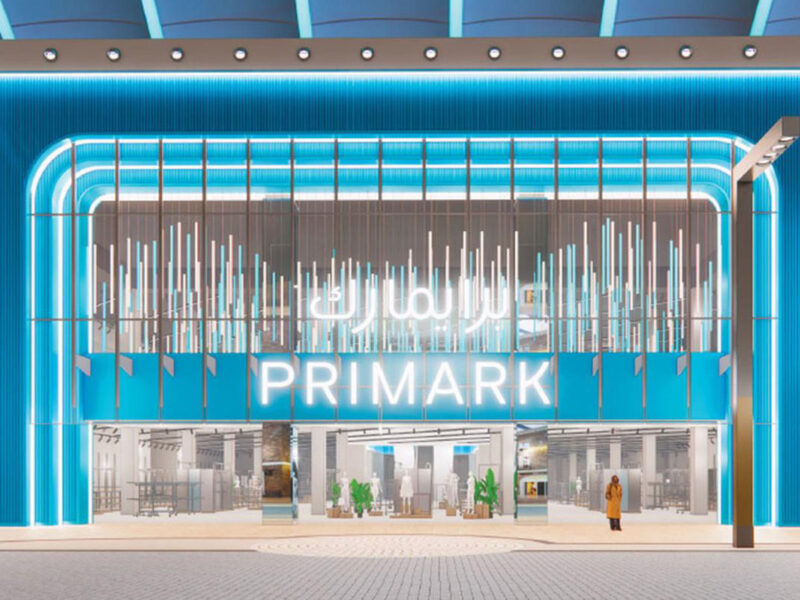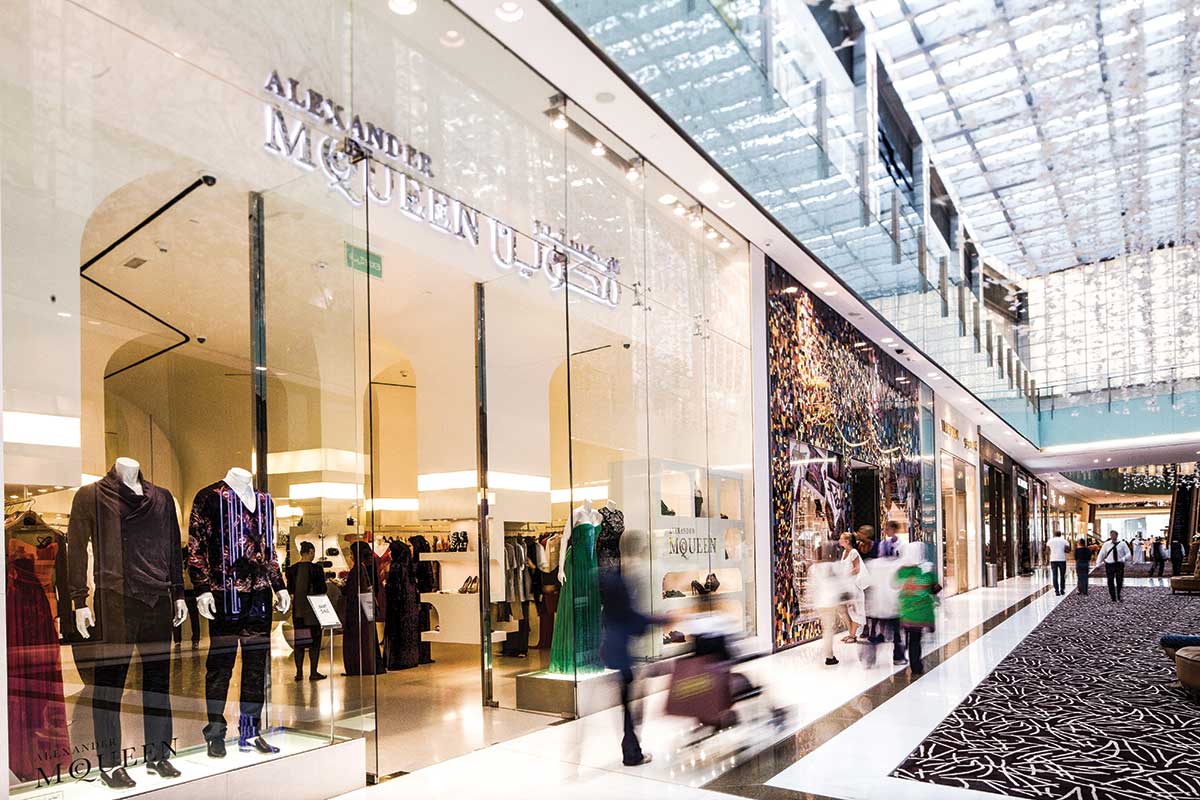Dubai’s retail sector continues to face challenges caused by increasing supply and weaknesses in retail spending, according to a new retail overview from property services firm Core.
According to the report, the impact of low oil prices between 2014 and 2016 and the weakening of consumer sentiment it caused saw the average occupancy in Dubai’s malls fall to 87 percent in the first quarter of 2018, compared to 90 percent in Q1 2017.
This decline, the report notes, was compounded by a steady increase in retail supply, which, in turn, led to pressure on mall operators to attract tenants and higher footfalls.
Notably, ‘prime’ and ‘super regional malls’ saw steady footfalls, allowing their operators maintain occupancy levels of between 90 and 95 percent.
Community malls and some more recent retail additions, however, have gained less traction among residents and visitors, which has resulted in average occupancies of between 80 and 83 percent in that sub-section.
According to the report, the total gross leasable area in Dubai will continue to increase, with a number of new additions expected over the next three years, including Al Khail Avenue, Nakheel Mall, Dragon City, Deira Mall, Deira Islands Night Souk and The Wharf.
“Although most mainstream retail stock is still held by state-backed developers, we are starting to see community retail gain interest from institutional investments,” said Core partner David Abood. “Emirates REIT holds Le Grande community mall in Dubai Marina and ENBD REIT recently acquired Souq Extra Retail Centre in Dubai Silicon Oasis.”
Abood added that “we expect this trend to continue, with well performing community retail centres with mid-tier brands and established catchment areas to achieve steady yields.”
When it comes to luxury retail, the report noted that prime luxury retail rents were significantly lower in Dubai – which accounted for 1.6 percent of global luxury store openings – than in many global retail hubs, with rents of $381 per square foot per annum.
Dubai’s average rents were considerably lower than London ($2,918), New York ($3,200), Hong Kong ($1,535) and Paris ($1,636), but were roughly comparable to Miami ($350), Shanghai ($361) and Toronto ($318).
Looking to the future, the report notes that “retail developments in Dubai continue to face a number of challenges including the significant increase in supply, with approximately 16 million sq. ft. of retail space coming onto the market over the next three to four years.”
“The rapid expansion of retail developments in neighbouring Emirates may work towards softening demand in Dubai as consumers from these markets that previously added notably to consumer spending in Dubai will see a greater variety of retailers available within their local markets,” the report added.








